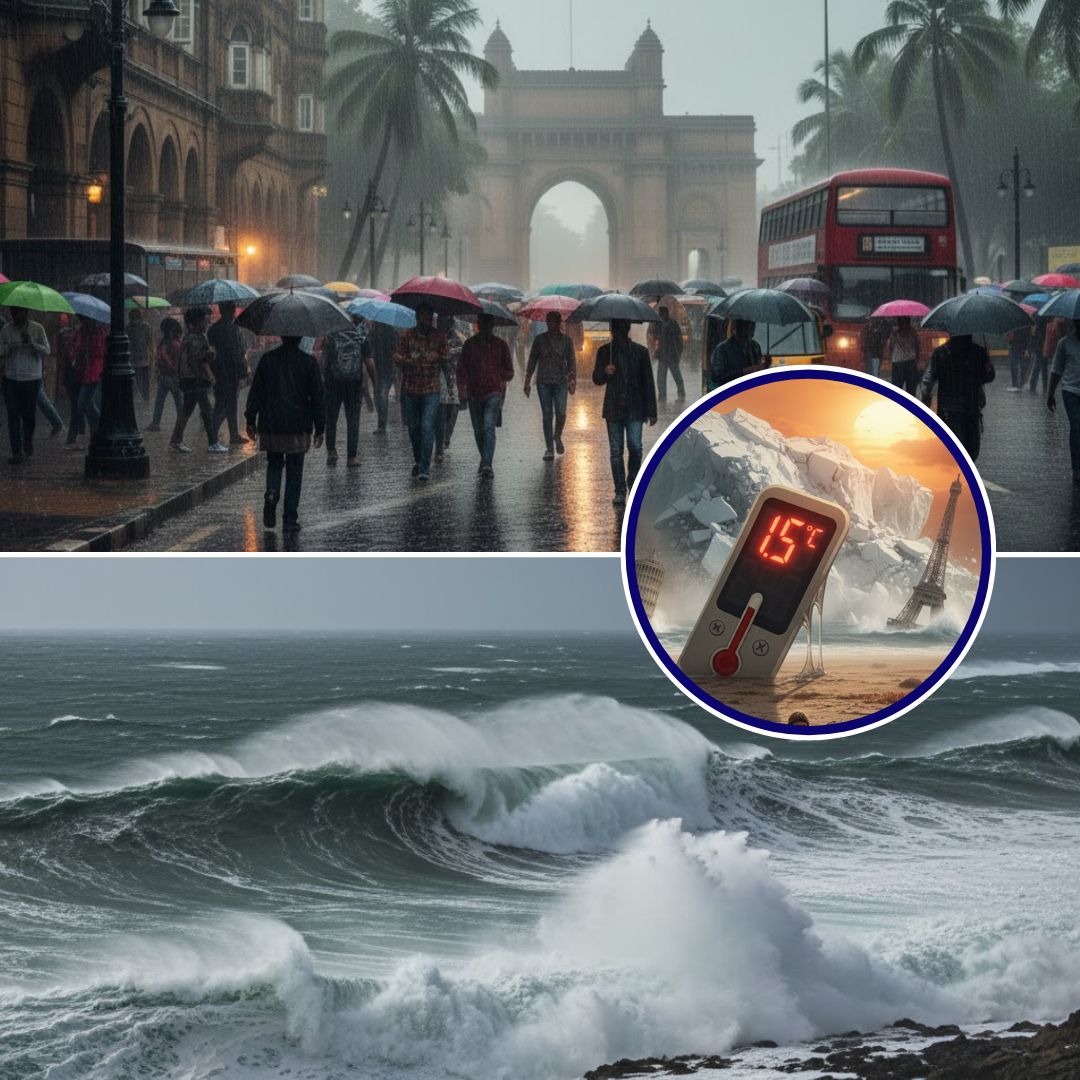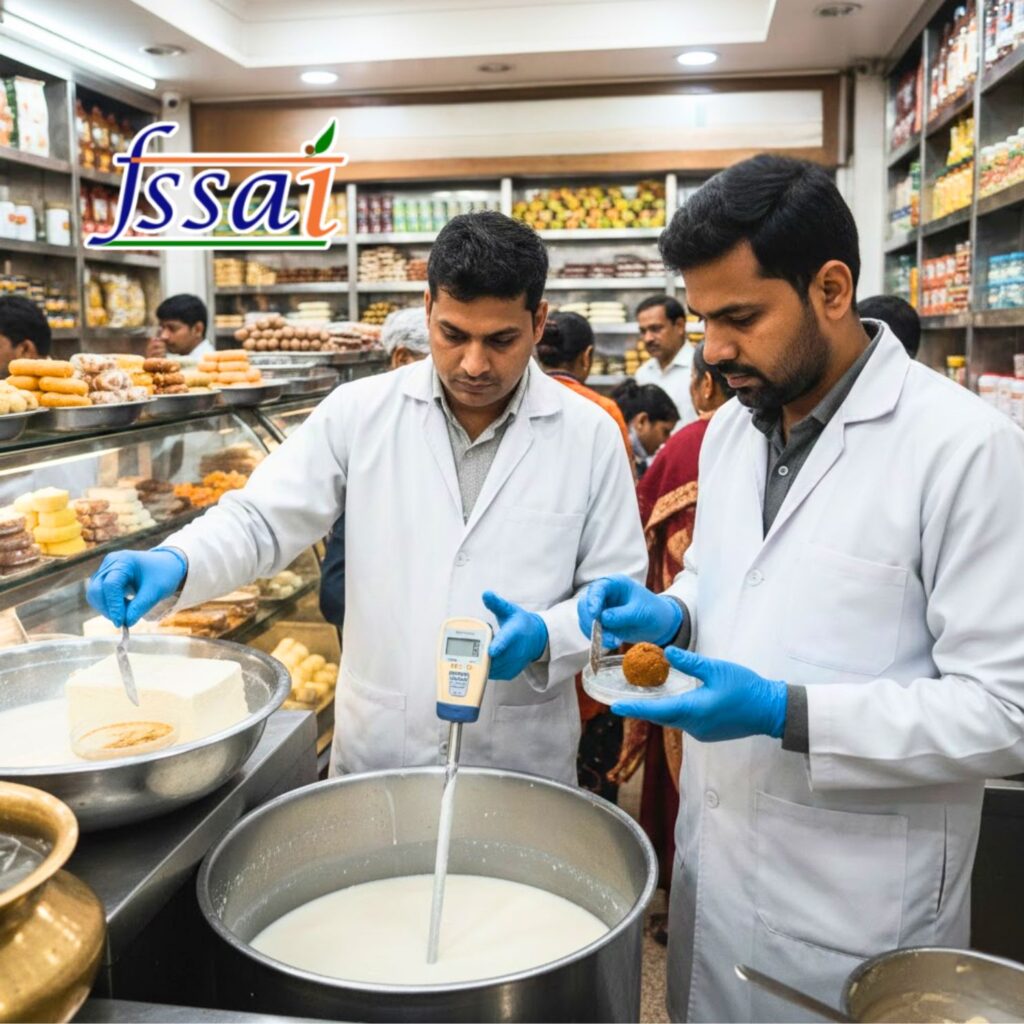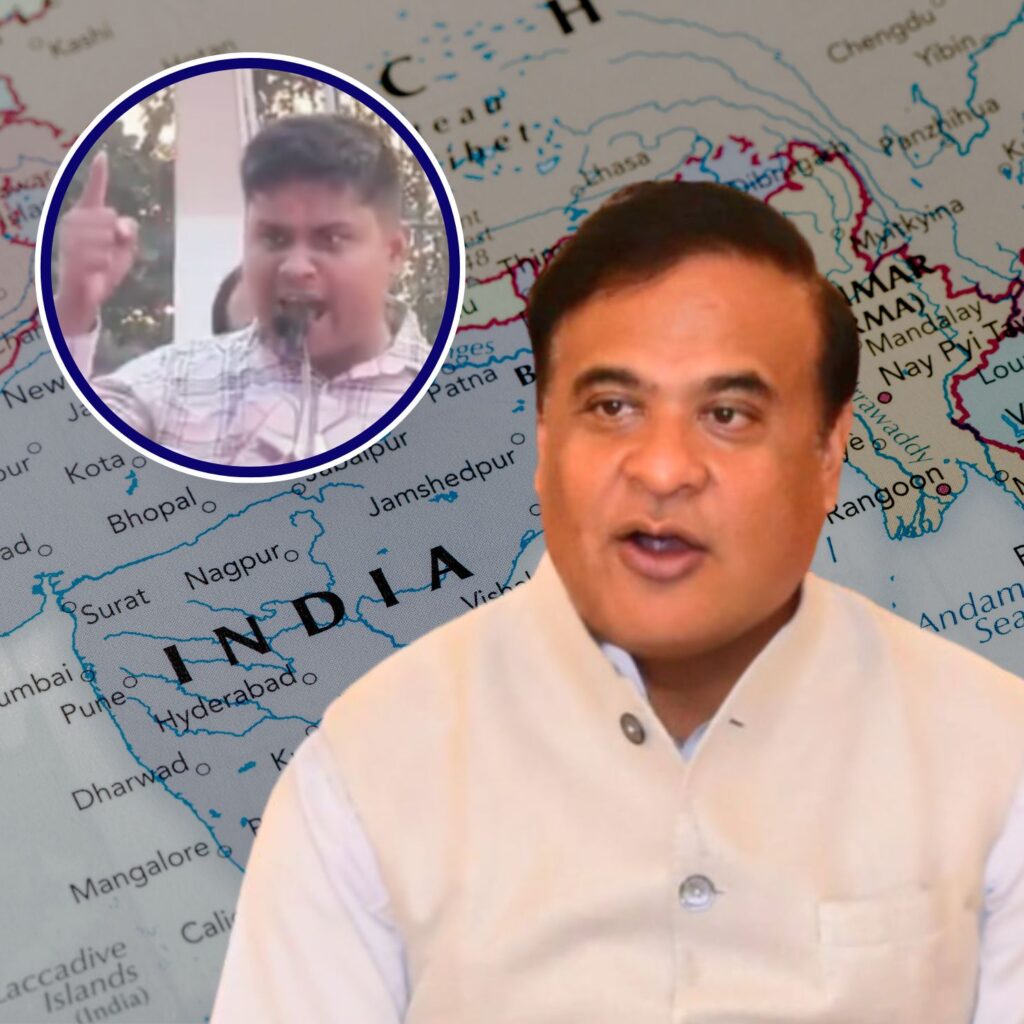The world is on a dangerous path to surpass the critical 1.5°C global warming threshold before 2030, a limit scientists warn could lead to devastating and irreversible impacts.
One of the clearest signs of climate disruption is visible in the changing monsoon pattern in the Konkan region of Maharashtra, where the southwest monsoon arrived unusually early in late May 2025, followed by a notable slowdown in rainfall.
This erratic pattern disrupts farming and local livelihoods, highlighting the fragile balance that global warming threatens.
Imminent Breach of the 1.5°C Threshold
The World Meteorological Organization (WMO) reports, “there is a 47% likelihood that the global temperature averaged over the entire five-year 2024-2028 period will exceed 1.5 °C above the pre-industrial era.”
The global average temperature has already risen about 1.4°C, and current emission rates risk exhausting the “carbon budget” needed to stay below 1.5°C within a few years. Temporary overshoot, even if followed by reductions, may push vital ecosystems beyond recovery points, making urgent mitigation essential.
Consequences for India and Vulnerable Communities
India faces looming threats from changing monsoon patterns, with the Indian Meteorological Department warning of potentially a 10% drop in crop yields by 2030.
Heatwaves and sea-level rise threaten millions, particularly coastal and rural communities dependent on agriculture and freshwater sources. These changes are clear reminders that climate change is not abstract but an immediate crisis impacting the most vulnerable disproportionately.
Changing Monsoon Patterns Across India
India witnessed unusual monsoon behaviour in 2025 that signals a climate in flux. Nearly half of the country experienced extreme rainfall, with heavy downpours causing floods, landslides, and infrastructure damage, while other regions saw deficits or delayed rains. The southwest monsoon arrived earlier than usual, sometimes as much as two weeks in advance, and ended unevenly, with some southern states continuing to receive rain post withdrawal.
The Konkan coast faced disruption with an early onset followed by uneven rainfall, affecting both agriculture and tourism.
Warmer Arabian Sea and Bay of Bengal waters contribute to increased moisture, fueling these extremes. Such erratic patterns challenge India’s largely rain-fed agriculture and strain urban drainage systems, underscoring the urgency of climate adaptation.
"One thing is already clear: we will not be able to contain the global warming below 1.5 degrees in the next few years. The overshooting is now inevitable.
— United Nations Geneva (@UNGeneva) October 22, 2025
The science is also clear: we need to be much more ambitious." – @antonioguterres at @WMO #ClimateAction pic.twitter.com/J2MNVV71AK
The Unequal Responsibility of Carbon Emissions
The richest 10% have cused two-thirds of global warming since 1990, according to International Institute of Applied Systems Analysis. Luxury private jets, fossil-fueled industries, and unsustainable consumption patterns by affluent nations have driven emissions to dangerous levels, while poorer populations bear the worst consequences.
What Can We Do?
Addressing this crisis requires collective action at all levels. Governments must enforce strong climate policies that limit emissions and invest in renewable energy, sustainable agriculture, reforestation, and resilient infrastructure. Corporations and wealthy individuals must fund climate repair efforts, including education and community-led adaptation.
At the individual level, lifestyle changes such as reducing energy consumption, supporting sustainable products, and advocating for climate justice can contribute to wider change. Community awareness and pressure on policymakers can ensure equitable climate action focused on protecting vulnerable populations.
The Logical Indian’s Perspective
The climate crisis is a systemic failure demanding urgent policy reform and social justice. The most privileged must prioritise investments in solutions repairing the damage caused by carbon emissions.
The Logical Indian advocates for an empathetic, equitable, and evidence-based response, fostering resilience without sacrificing dignity.
Global warming is getting worse and will soon pass 1.5°C.
— WWF (@WWF) October 13, 2025
We’re nearing irreversible tipping points – from melting ice to the Amazon’s collapse.
With #COP30 approaching, leaders must act to protect nature and our future. pic.twitter.com/V5ApZJ2ImI












